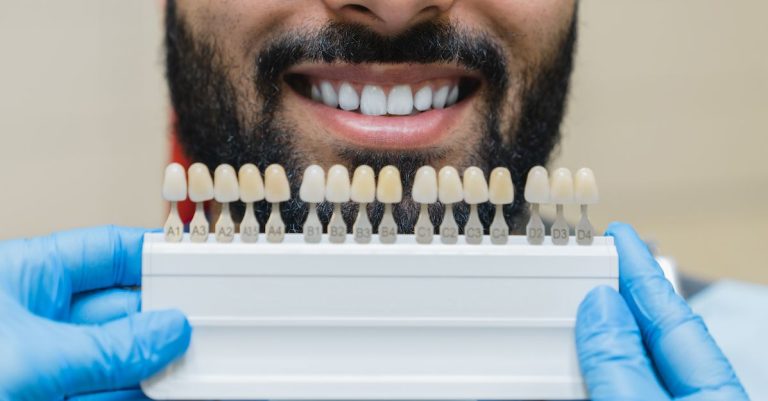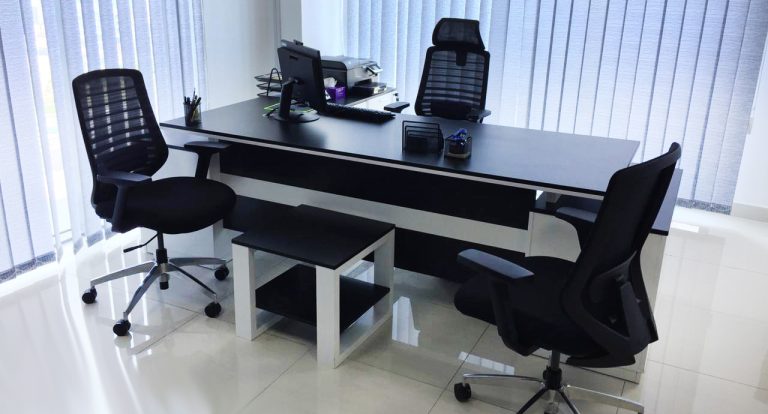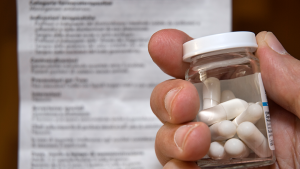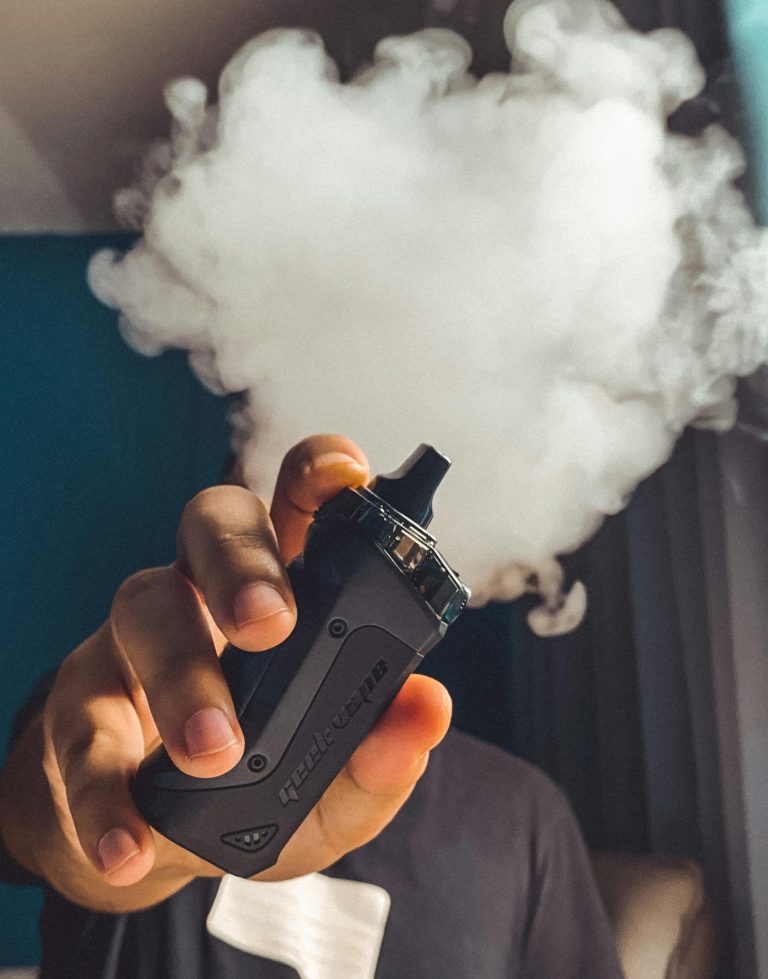Centralized positive airway pressure, or CPAP machines are more and more common. Hailed as a treatment for sleep apnea, they can also be used to treat other conditions like congestive heart failure, snoring and even certain mental illnesses. To fully understand how these devices work and how they can benefit your health you have to have an idea about the mechanics of sleep apnea.
A Sleep Apnea is a form of obstructive sleep apnea in which there is an intermittent period of breathing interruptions during sleep due to collapsing airways that block the flow of oxygen into the lungs. Sleep Apnea is a medical condition that makes breathing harder and harder.
How CPAP Machines Work

Positive airway pressure devices like CPAP machines from https://observer.com/2022/10/best-cpap-machines/ use external suction to move air into the lungs. When this happens, oxygen in the air can reach the blood stream, which keeps us alive and healthy. The device uses a mask that fit over your nose and mouth to provide a seal against your face.
This seal keeps the device from being able to breathe for you since it’s not designed for that purpose. Instead, it takes over for your natural diaphragm, which is designed for breathing on its own or aiding in inspiration during speech or other tasks where we don’t need any assistive breathing but need air.
When you fall asleep, your body automatically begins to relax and release carbon dioxide. This stimulates your body’s receptors to send a message to your brain that it needs more oxygen so it can start breathing again. When you’re awake, this process is automatic, but when you’re asleep, the only way for the receptors to send this message is by sending it through a chemical called acetylcholine.














